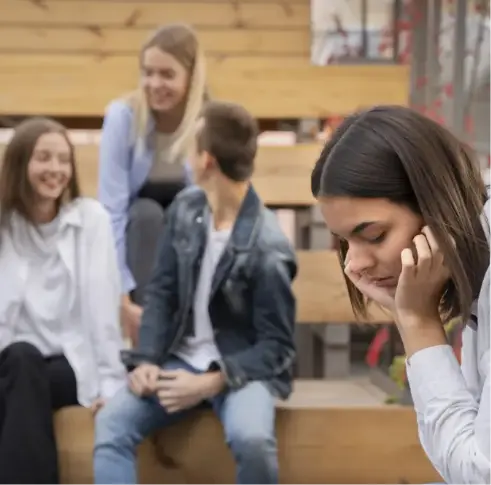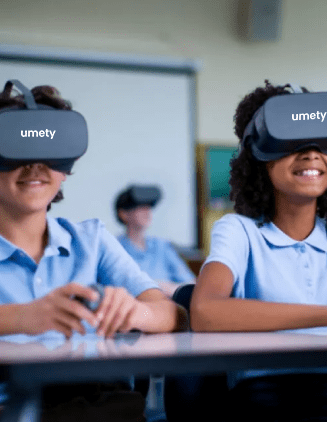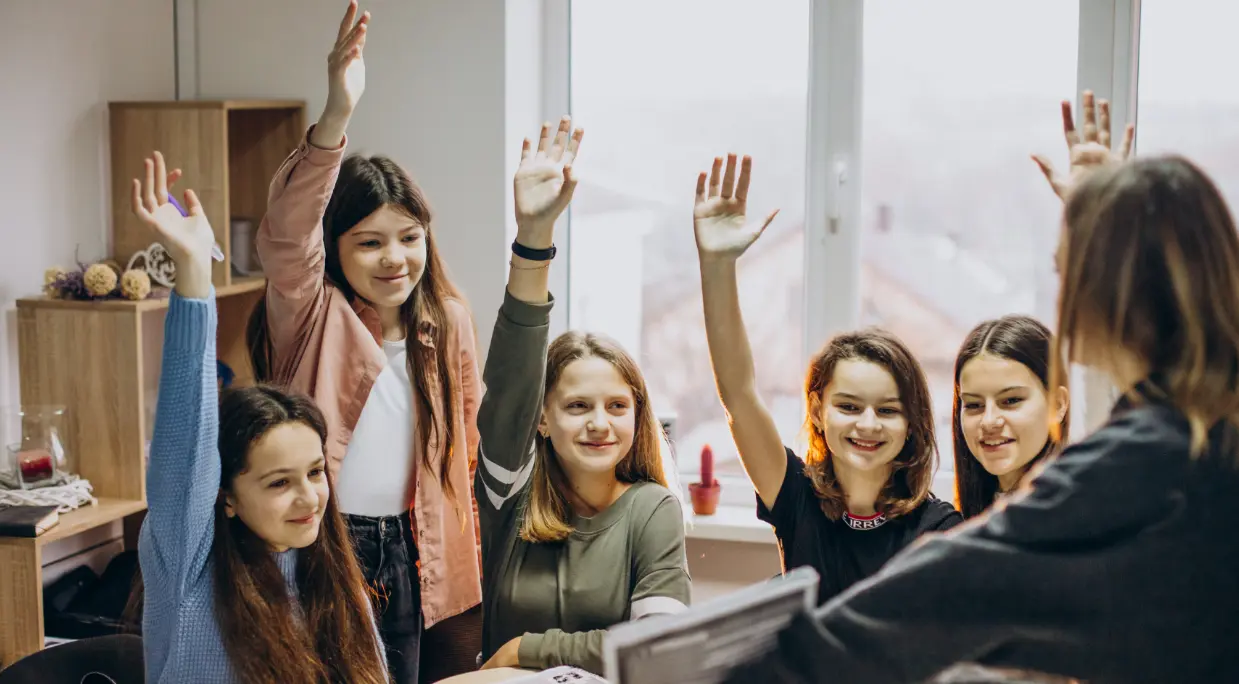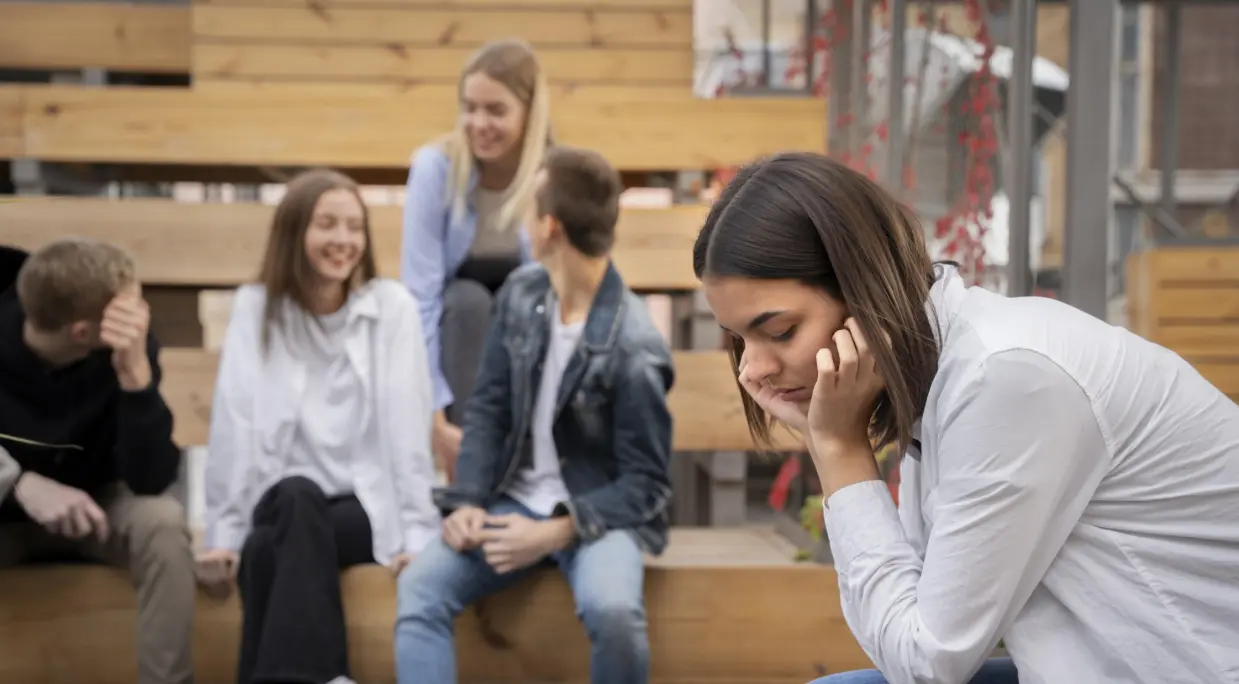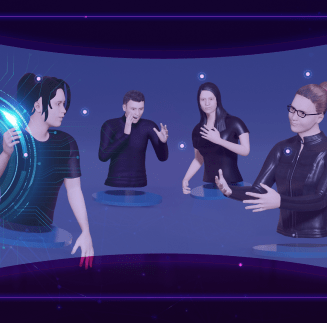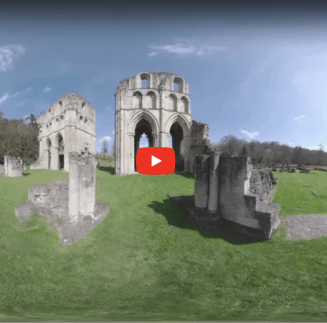Teacher Resources
Teacher burnout is real.
VR can be a game changer.
With the use of VR, teachers can focus on delivering quality instruction and preparing students for the future

Lesson plans. Assessments. Classes. Students. Chaos.
A teacher’s life isn’t easy. They teach, prepare assignments, manage student distractions, maintain discipline, and keep learners engaged and excited—all in a day’s work. Their job requires patience, dedication, creativity, and passion. Many times, all of this combined can be quite exhausting, leading to burnout, especially in the face of high expectations, a paucity of resources, and a mounting workload. In such a scenario, the use of technology in education can take some of the load off their shoulders and make the process of teaching and learning fun.
The contribution of technology to education is immense. Immersive technologies like augmented and virtual reality have been making their way into classrooms worldwide. If you have been wondering what virtual reality (VR) is, you are in the right place. VR is a technology that creates a simulated environment or experience, typically using a headset or other immersive device. The goal of VR is to create an experience that is as close to real life as possible, allowing users to interact with and manipulate digital objects in a way that feels natural. However, VR’s potential to reduce teacher burnout and create a more engaging learning environment is often overlooked. VR technology can provide a new way of teaching and learning that can transform the traditional classroom environment in more ways than one.
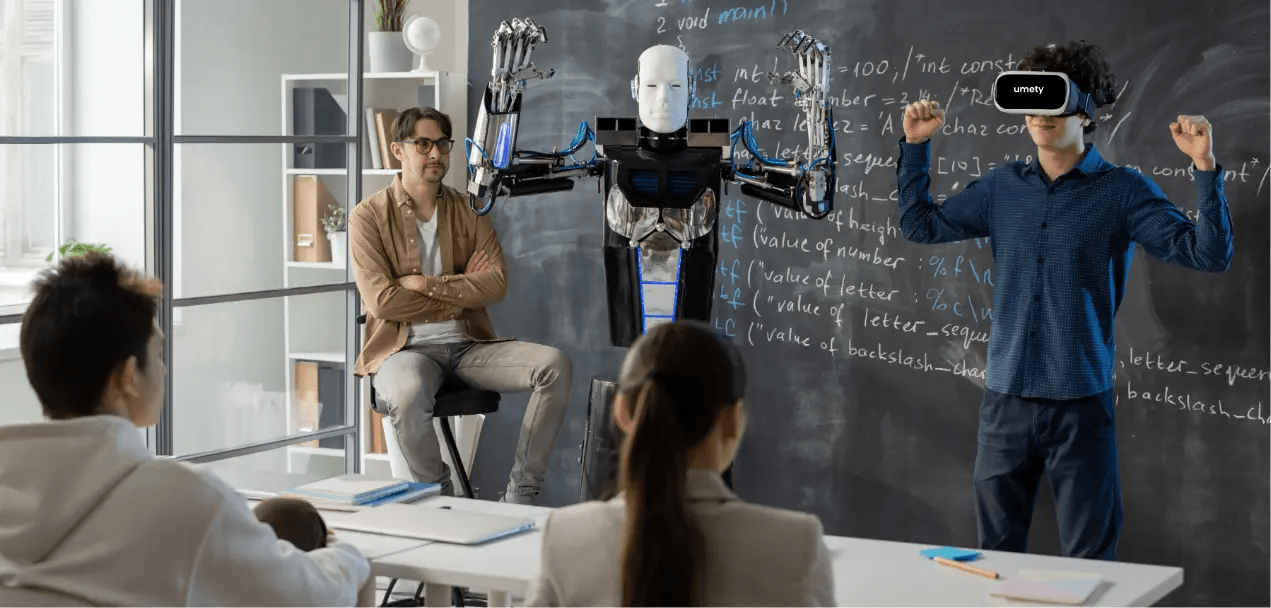
Hello engaging classrooms, goodbye time-wasters
If there’s something that counts as one of the biggest challenges for teachers, it's paying attention to individual learners' needs. VR-based lessons offer immersive and interactive learning experiences for learners that can significantly reduce teachers’ workload and stress levels. For example, instead of spending hours creating and grading quizzes, VR simulations can provide students with instant feedback, allowing teachers to focus on delivering quality instruction and addressing individual learning needs. VR presents learning modules in an engaging and interesting format, thereby augmenting the classroom teaching experience. VR learning environments offer interactive learning materials such as simulations, models, and virtual labs. Students can experience hands-on learning without the need for physical equipment and materials, reducing the time and effort teachers put into preparing and maintaining these materials.
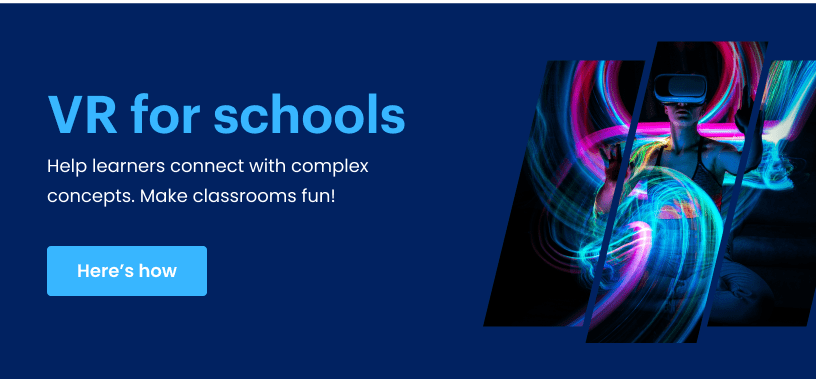
Connect deeper by working smarter
Real teachers care for students and constantly work toward their overall development. VR technology can help teachers connect with students on a deeper level. It can provide teachers with new tools to engage and inspire students. For example, virtual reality can take students on virtual field trips to explore different countries, cultures, and historical sites. This can help students develop a more global perspective and become more empathetic toward others. Moreover, VR technology can provide students with opportunities to create their own VR experiences, promoting creativity, problem-solving, and collaboration skills. It’s a win-win for teachers and students.
Personalized learning leads to enhanced learning outcomes
Virtual reality can reduce the workload of teachers, giving them more time to focus on their teaching and students. VR allows teachers to use pre-existing simulations or create their own, allowing them to personalize the learning experience for students. Additionally, VR technology can help teachers identify areas where students may be struggling, allowing them to track progress and provide targeted interventions, thus reducing the workload of managing large class sizes. This works phenomenally well for students who need extra support, thus significantly enhancing learning outcomes.
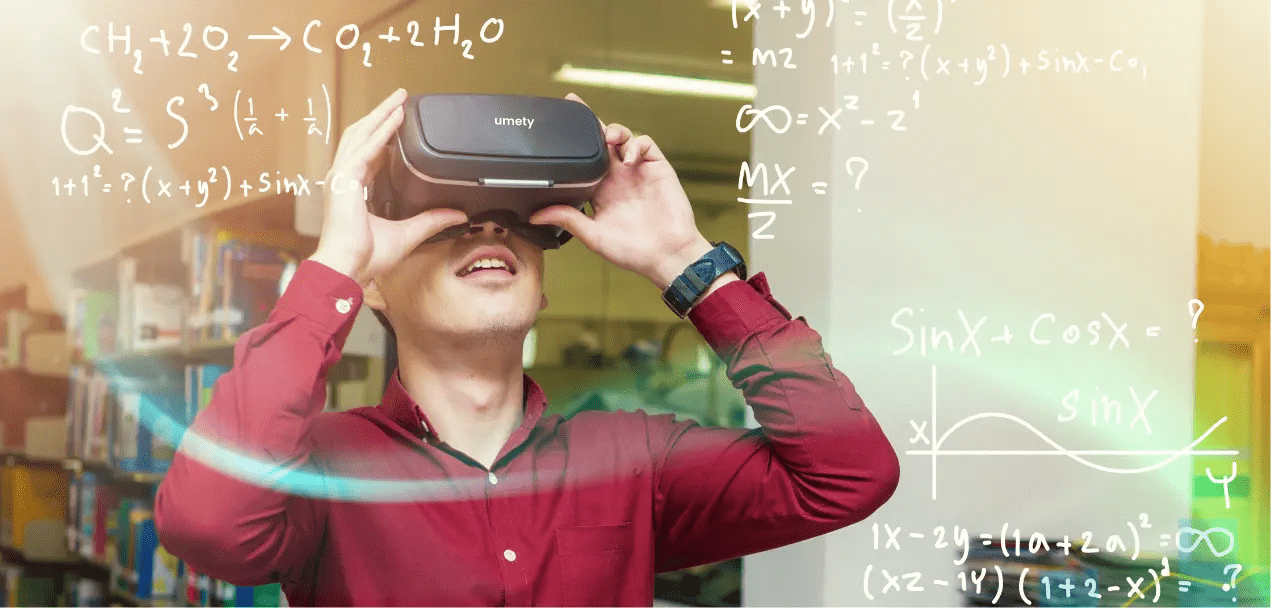
Engaged students = relaxed teachers
Virtual reality simulations can create scenarios that allow students to experience real-life situations, such as natural disasters, historical events, or scientific experiments. These simulations can help students develop critical thinking skills, enhance their understanding of complex concepts, and increase their engagement and motivation in learning. VR reduces the need to be on constant watch to see what learners are up to. A VR simulation is a universe of its own, with interactive lessons, engaging content, prompt feedback, and progress reports. Teachers can rest assured that learners are completely focused on the lesson, leaving enough room for breaks between lessons.
Less direct supervision, more time for growth
A huge part of classroom learning involves collaboration among students, which requires them to work together on projects for long durations. VR technology can facilitate collaborative learning experiences where students can work together in virtual teams to solve problems and complete projects. This can reduce the teachers’ workload in several ways.
Teacher burnout is a real issue that affects many teachers worldwide. Immersive technologies can provide a game-changing solution to reduce the workload and stress levels of teachers while creating a more engaging and interactive learning environment for students. The importance of technology in education is far-reaching. Virtual reality can provide teachers with new tools to connect with students, promote creativity and critical thinking, and help students become more empathetic and globally aware. With the use of VR technology, teachers can focus on what they do best, which is delivering quality instruction and preparing students for the future.

Get stories selected just for you, right in your inbox.

Get stories selected just for you, right in your inbox.
This might interest you
